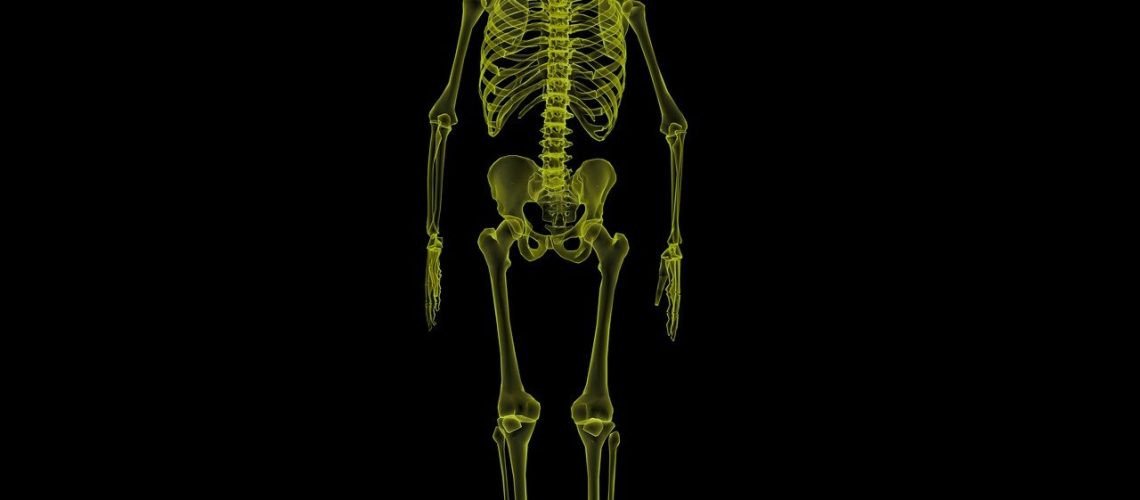Fracture management has made monumental strides over the centuries, influenced by an amalgamation of factors. The evolution from rudimentary splinting techniques to sophisticated surgical interventions reflects the progress in medical technology, the establishment of orthopedics as a specialized medical field, and a deeper understanding of human anatomy and physiology.
Ancient Beginnings and Medieval Advances
The management of fractures in ancient and medieval times relied on basic principles of alignment and immobilization. Techniques involved using splints fashioned from readily available materials like wood, leather, or metal. Practitioners of the time also employed traction to extend the muscles and align the bones correctly, though these methods were primitive and often without anesthetic.
Renaissance to 19th Century
The period from the Renaissance to the 19th century was marked by significant personalities like Ambroise Paré, who introduced amputation above the gangrenous area and promoted the use of ligatures for controlling bleeding. This era also saw the contributions of figures such as Andreas Vesalius, who corrected misconceptions about human anatomy through meticulous dissections, which, in turn, improved the understanding of bone structures and injuries.
Joseph Lister’s advocacy for the use of carbolic acid as an antiseptic dramatically decreased post-surgical infections and laid the foundation for modern aseptic surgery, which is crucial in fracture management to prevent complications like osteomyelitis.
20th Century: X-Rays and Beyond
The invention of X-rays by Wilhelm Conrad Roentgen allowed for an unprecedented view inside the body, providing accurate diagnoses and enabling the monitoring of the healing process. This discovery was a turning point, giving rise to the field of radiology which has become an indispensable tool in fracture care.
Modern Treatment Approaches for Different Fractures
In contemporary times, the approach to treating fractures is highly individualized. Casts made from modern materials offer numerous advantages such as reduced weight and improved patient comfort, while bracing techniques allow for adjustable support that can accommodate swelling and muscle atrophy.
Surgical options are evaluated based on risks and benefits. For instance, internal fixation with metal plates and screws may provide stable fixation, but also carries a risk of infection. Conversely, external fixation can be applied quicker and in a more minimally invasive fashion, but may be less suitable for long-term use due to discomfort and care complexity.
Innovations in Fracture Care
The continuous evolution of fracture management has led to techniques that target specific fracture types more effectively. Minimally invasive surgery, like keyhole surgery for joint fractures, results in less tissue damage and faster recovery. Enhanced imaging techniques, such as 3D CT scans, offer surgeons detailed preoperative planning. And biodegradable implants are becoming a reality, providing the necessary support for healing and then dissolving, eliminating the need for hardware removal and reducing the surgical burden on patients.
The Global Impact of Fracture Treatments
Despite advancements, disparities in fracture care are evident worldwide. Developing countries often grapple with limited access to the latest in fracture care, which is compounded by a lack of trained specialists. Organizations like the AO Foundation play a crucial role in this context by facilitating training, providing essential resources, and fostering an international network of surgeons for knowledge sharing.
This global perspective emphasizes not just the technical progress in fracture management, but also the importance of international cooperation and resource accessibility in delivering optimal care to all patients, regardless of geographical location.
Conclusion
The historical progression of fracture management underlines a journey of innovation, learning, and refinement. From the early use of traction and splints to the current application of cutting-edge technologies and surgical techniques, the field continues to evolve, driven by the commitment to improve patient outcomes. As we look to the future, with ongoing research and a collective global effort, the treatment of fractures will undoubtedly continue to advance, offering hope of quicker recoveries, fewer complications, and better quality of life for patients around the world.

